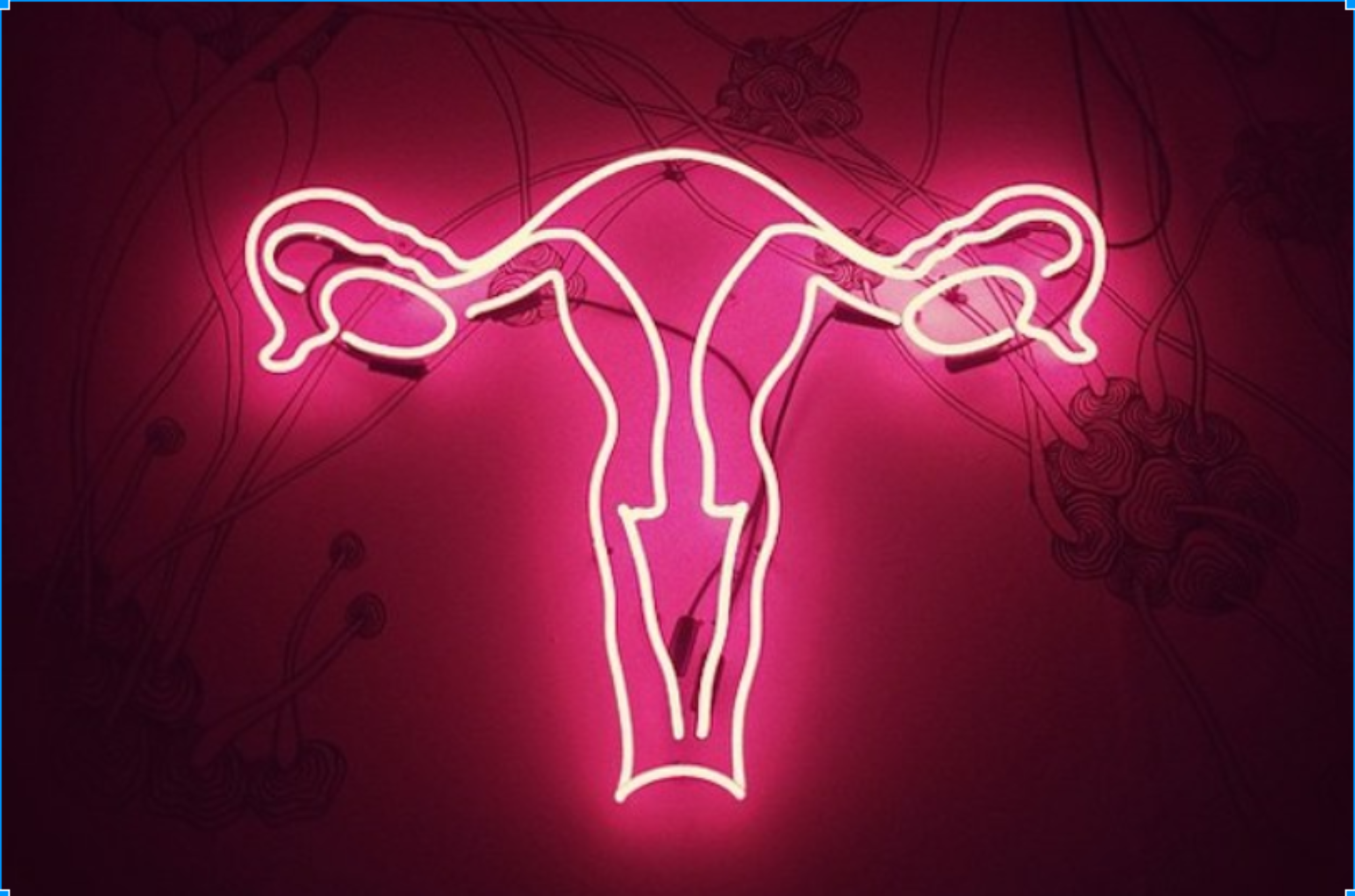On June 2, 2016, the customer Financial Protection Bureau (the « CFPB » or perhaps the « Bureau ») released a 1,340-page notice of proposed Rulemaking on short-term lending (the « Proposal »)[1]. Our initial, high-level findings in the Proposal, which we continue steadily to evaluate, are established below.
The Proposal, on top of other things, may be the very first time the CFPB has utilized its authority to avoid unjust, deceptive or abusive acts or techniques (« UDAAP ») as being a foundation for rulemaking. Even though it happens to be characterized as being a « payday loan » rule, as talked about more completely below, the Proposal would use throughout the short-term customer lending industry, including pay day loans, car name loans, deposit advance items and specific « high-cost » installment loans and open-end loans. In addition it would affect « lenders » – bank, non-bank, and market alike – that make « covered » loans for individual household or family purposes.
The Proposal has four components that are major
- Requiring covered lenders to ascertain if your borrower has the capacity to manage specific loans without turning to duplicate borrowing (the « Comprehensive Payment Test »);
- Permitting covered lenders to forego the full Payment Test analysis if they offer loans with particular structural features, such as an alternative payoff that is »principal » for loans with a term under 45 times or two other alternative choices for longer-term loans;
- Needing notice to borrowers just before debiting a customer banking account and limiting perform debit efforts; and
- Requiring covered lenders to work with and report to credit scoring systems.
Remarks from the Proposal are due by 14, 2016 september.
Given its prospective impact, the Proposal is anticipated to provoke significant industry remark. The CFPB’s most likely https://personalbadcreditloans.net/reviews/united-check-cashing-review/ timetable for finalizing any guideline along with wait which may arise given the prospect of continued governmental efforts centered on this rulemaking claim that any last guideline will never simply simply take impact for a while, possibly in 2019, in the earliest.[2]
[1] – just before issuing the Proposal, in March 2015, the CFPB circulated a initial framework for payday financing for purposes of convening a panel of tiny entity representatives to get info on the effect the guideline could have on smaller businesses also to suggest regulatory alternatives pursuant to your small company Regulatory Enforcement Fairness Act of 1996 (« SBREFA »). The SBREFA panel came across in April 2016 and also the CFPB’s June 2015 report detailed the panel’s recommendations into the initial framework. Even though Proposal has retained some attributes of the CFPB’s SBREFA outline, it varies in product respects. As an example, the Proposal will not include an alternate that will have allowed loan providers to help make loans lower than 5% of the debtor’s gross month-to-month earnings without undertaking A comprehensive Payment Test. In addition contains an even more detailed concept of « all-in » APR. The CFPB have not provided any good cause of the customizations which is unclear exactly exactly what prompted the modifications. [2] – In past rulemakings that are substantive the CFPB has generally speaking invested over per year reviewing feedback and finalizing a guideline. The CFPB has not finalized the rule for example, the comment period for the Prepaid Accounts under the Electronic Fund Transfer Act (Regulation E) and the Truth in Lending Act (Regulation Z) Proposed Rule closed on March 23, 2015 and, to date. A final rule in this space would not be published until 2018 under a similar timeframe. In accordance with the Proposal, a last guideline would become effective 15 months following its publication within the Federal enroll. This brings us to a date that is effective 2019.
This book is given to your convenience and will not represent legal counsel. This book is protected by copyright. В© 2016 White & Case LLP
